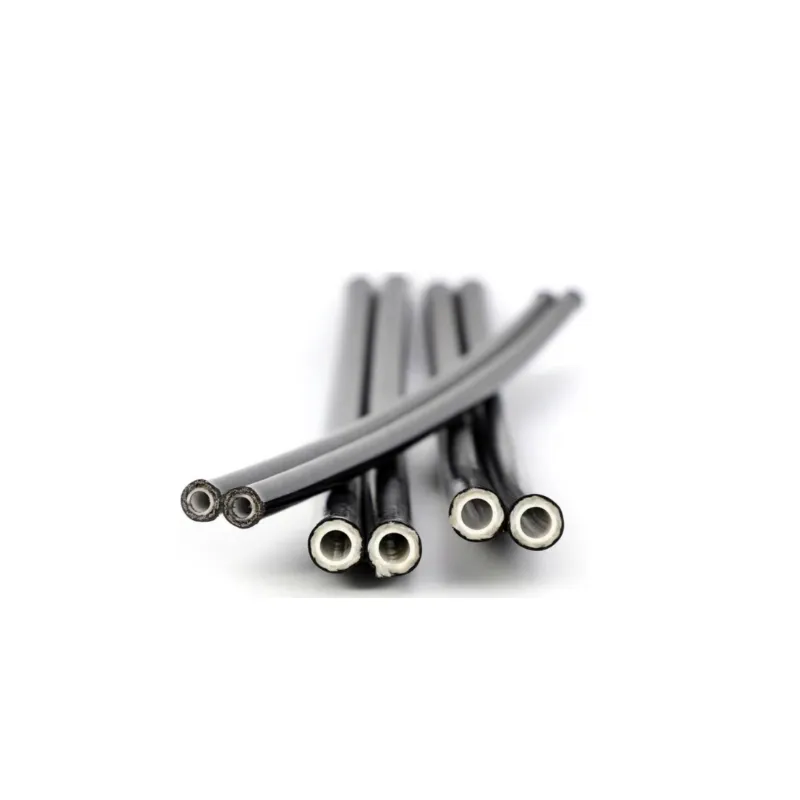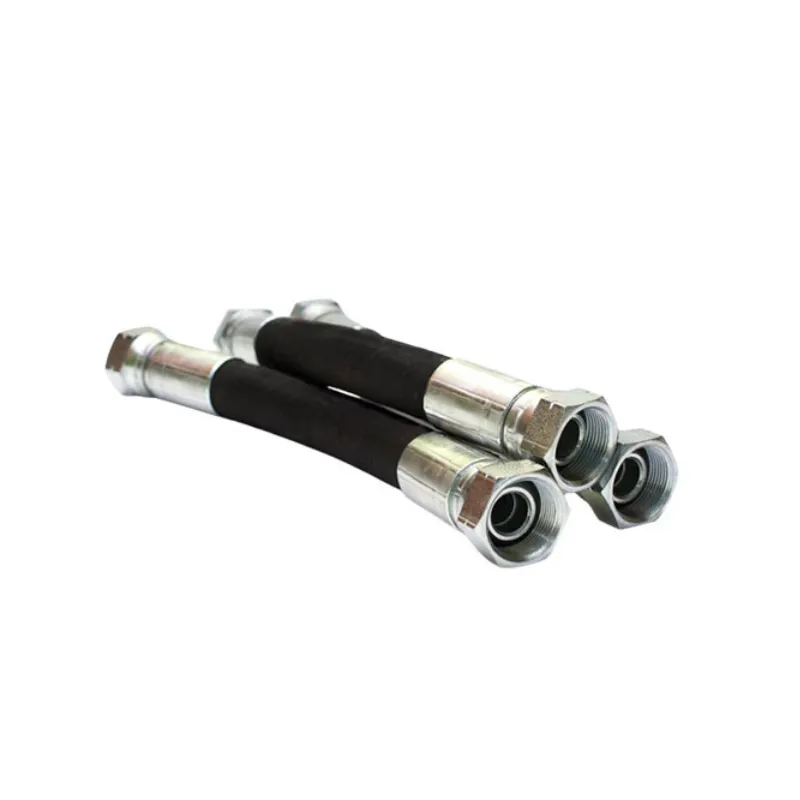
- Afrikaans
- Albanian
- Amharic
- Arabic
- Armenian
- Azerbaijani
- Basque
- Belarusian
- Bengali
- Bosnian
- Bulgarian
- Catalan
- Cebuano
- Corsican
- Croatian
- Czech
- Danish
- Dutch
- English
- Esperanto
- Estonian
- Finnish
- French
- Frisian
- Galician
- Georgian
- German
- Greek
- Gujarati
- haitian_creole
- hausa
- hawaiian
- Hebrew
- Hindi
- Miao
- Hungarian
- Icelandic
- igbo
- Indonesian
- irish
- Italian
- Japanese
- Javanese
- Kannada
- kazakh
- Khmer
- Rwandese
- Korean
- Kurdish
- Kyrgyz
- Lao
- Latin
- Latvian
- Lithuanian
- Luxembourgish
- Macedonian
- Malgashi
- Malay
- Malayalam
- Maltese
- Maori
- Marathi
- Mongolian
- Myanmar
- Nepali
- Norwegian
- Norwegian
- Occitan
- Pashto
- Persian
- Polish
- Portuguese
- Punjabi
- Romanian
- Russian
- Samoan
- scottish-gaelic
- Serbian
- Sesotho
- Shona
- Sindhi
- Sinhala
- Slovak
- Slovenian
- Somali
- Spanish
- Sundanese
- Swahili
- Swedish
- Tagalog
- Tajik
- Tamil
- Tatar
- Telugu
- Thai
- Turkish
- Turkmen
- Ukrainian
- Urdu
- Uighur
- Uzbek
- Vietnamese
- Welsh
- Bantu
- Yiddish
- Yoruba
- Zulu

Ene . 21, 2025 04:36 Back to list
Extra High Pressure Four Layers Steel Wire Spiral Reinforced Hydraulic Hose EN856 4SP / EN856 4SH


2. Minimize Bends Aim to minimize the number of bends and turns in the pipe to maintain consistent water pressure and prevent blockages. 3. Use Quality Seals Invest in high-quality sealing products to ensure each connection is waterproof and durable against pressure changes and environmental factors. 4. Test Before Backfilling After laying out the pipes and connecting all necessary components, conduct a thorough test for leaks or pressure inconsistencies before covering them with soil or substrate. Authority Tip Consulting with a certified pond builder can help ensure that your installation adheres to local regulations and best safety practices. Maintenance and Troubleshooting Even the most well-planned pond piping systems require periodic inspections and maintenance. Addressing issues promptly can prevent larger, costly repairs down the line. - Regularly check for clogs or buildup within the pipes and clean them using pond-safe chemicals. - Monitor for leaks, especially at junctions or reducers, and repair them immediately using pond-friendly epoxy. - Temperatures can affect flexible pipes; ensure they are insulated during winter months. Trustworthy Guidance Engage a professional pond technician for routine inspections, particularly as the seasons change, to maintain system integrity and performance. In summary, selecting the appropriate pond pipe revolves around informed choices regarding materials, diameter, and meticulous planning during installation. Consulting experts and adopting a proactive maintenance approach can lead to a thriving pond ecosystem. Integrating these best practices will ensure that your pond remains a focal point of beauty and biodiversity while maintaining ecological balance. This comprehensive look into pond pipes, shaped by professional insights and authoritative advice, serves as an invaluable resource for any pond enthusiast seeking to create or maintain a sustainable aquatic environment.
Latest News
Steel Wire Reinforced Hydraulic Hose SAE 100 R1 / EN853 1SN S
NewsOct.17,2024
Two Layers Steel Wire Reinforced Hydraulic Hose SAE 100 R2 / EN853 2SN
NewsSep.03,2024
Textile Braid Reinforced Hydraulic Hose SAE100 R3+R6
NewsSep.03,2024
Textile Reinforced Hydraulic oil Suction Hose with embedded Steel Wire SAE 100 R4
NewsSep.03,2024
Single Wire Braid and Textile Covered Hydraulic Hose SAE 100 R5
NewsSep.03,2024
High Pressure Thermoplastic Hydraulic Hose SAE 100 R7 / EN855 R7 - SAE 100 R8 / EN855 R8
NewsSep.03,2024
Heavy Duty Four-layer Steel Wire Spiral Reinforced Hydraulic Hose SAE100R9+R10+R12
NewsSep.03,2024
Heavy Duty Multi-layer Steel Wire Reinforced Hydraulic Hose SAE100R13 SAE100R15
NewsSep.03,2024
Latest Products










